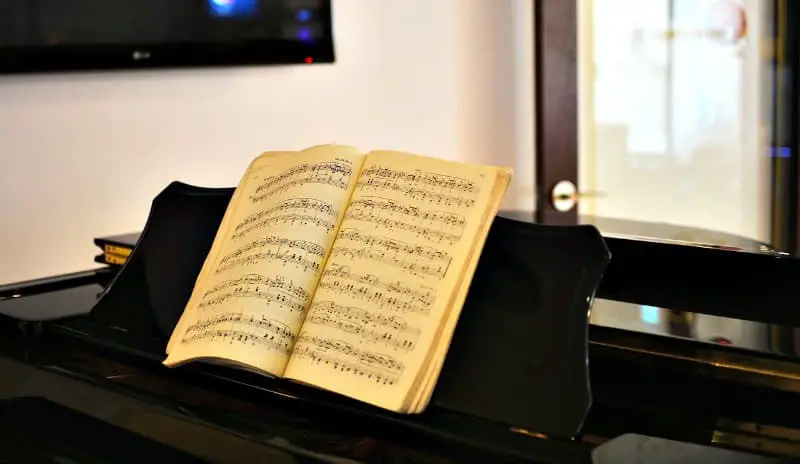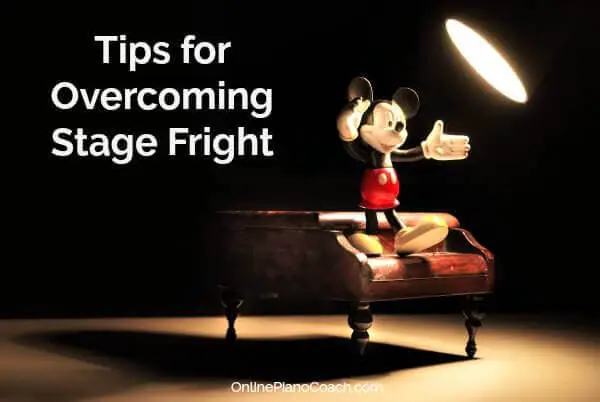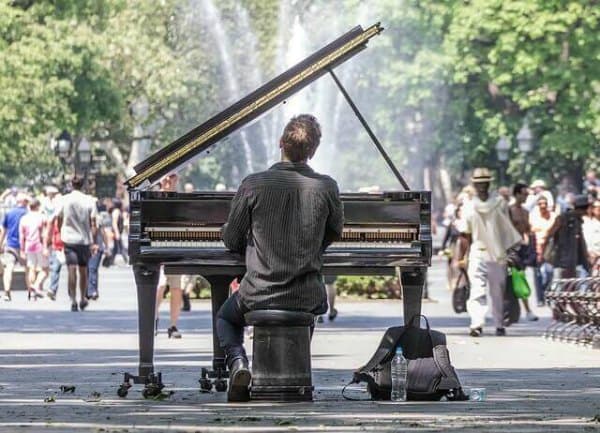- Home
- Piano Practice
- Practice Piano Effectively
Learn How to Practice Piano Effectively as a Beginner
This article may contain compensated links. Please read the disclosure for more info.
To practice piano with good results, it is a good idea to learn more about how our analytical understanding of the music and our body movements are coordinated by our brain...
...It may not necessarily work in the way we'd expect!
Repeating Mistakes
Why do we keep making the same mistake, even when we know the correct note?
I am a piano teacher, not a brain expert. But I know that our piano practice will yield much better results if we understand more about how our bodies and minds work.
Especially how our analytical understanding of the music and our body movements when playing are coordinated by our brains.
The good news is that learning how to apply that knowledge and using it to our advantage when practicing will immediately give great results!
The following article is a simple observation but helpful when studying an instrument such as the piano, which involves a complex collaboration between what we see, hear, feel and understand and what we actually can execute with our fingers/hands/arms and body.
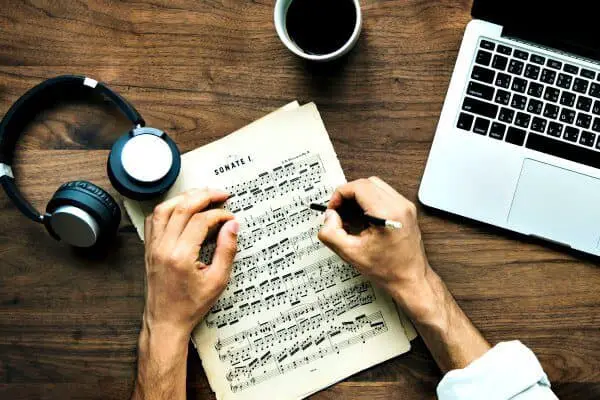 Planning to practice piano effectively
Planning to practice piano effectivelyPractice Piano with Your Brain
As we know, our brain consists of numerous areas dealing with different actions, thoughts, emotions, etc. The exciting part regarding piano practice is the two areas called the “analytical” and the “reptilian” parts of the brain.
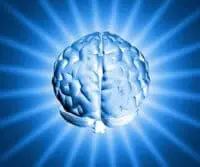
- The analytical/intellectual part of our brain analyzes the "problem" of the composition, develops ideas and theories on how to solve it, and understands how to do it (or not!). It "reads" the notes and "understands" the rhythms, dynamics, tempi, etc.
- The "Reptilian" part of the brain just acts: While the analytical/intellectual part of our brain "gets it," way quicker than the part that controls the movement of your arms, hands, and fingers, the "reptilian brain" controls "fight or flight" instinct but also easily memorizes hand/arm/finger (motor skills) movements. This part is also located in another area of the brain.
Give Yourself Clear Instructions
See it like this; you may quickly understand a piano piece when you view or listen to it.
But your fingers, hands, and arm don't "get it" yet. They need to be taught, even programmed, slowly and patiently by doing.
This is particularly frustrating when you already know the music and maybe even can feel in your body how it would feel like to play it…
Though this is all good and will come to use at a later stage in your piano study, the tedious task of giving instructions boringly slow and steady to your arms, hands, fingers (and rest of your body) can not be learned by analyzing- or “getting it”- alone.
The plus side of this is that your muscle or motor memory kicks in really quickly.
Doing a movement right even the first time will internalize it immediately!
This is why it is so important to avoid making any mistakes when you start learning the piece. They get stuck real quick!
Why We Keep Making Mistakes When We Practice Piano
Perhaps you know how it feels to make a mistake, thinking, "OK, I know what that was supposed to be, so let's start all over again to make it right." ("Analytical" brain).
Then, replaying, you make the exact same mistake again! ("Reptilian" brain). (Darn!) You tell yourself:" That note right there is WRONG! I must NOT play it! (Hammer it a few times for extra effect; wrong note, bad note!).
Play again- and precisely the same mistake again! (Slamming the lid down in frustration!)
Since You “Get it” Why Can’t You Play it Right?
The part of your brain that controls movement and what your hands and fingers do, doesn't understand NOT. Neither "Don't" nor "Shouldn't."
In its' happy little world, it only understands DO! When you say "Do NOT play that note," it translates into "DO play that note!"
"Show" Your Hands/Fingers/Arms/Body What to Do, Correctly and Slowly.
It takes much longer to UN-learn a mistake than to LEARN it right from the start! (Heard that before?)
Obviously, our brain is much more complex than this. But I have found that it helps when practicing piano to visualize the two parts. The analytical part of our brain- the “intelligent” part, and the “reptilian” part that is like a machine; it can’t do anything without proper instructions, but once learned, can keep doing it forever.
Practice Piano Step By Step
Here are the most important steps to practice piano effectively. Remember that giving clear, consistent instructions to ourselves is what gives the best results to our piano playing:
- As you sit down to practice piano and learn a new piece, always play the right notes. You may have sight-read the music or skimmed it through for an overview but do not make the mistake to continue skimming through once you start working for real- if you want to really learn the piece.
- Divide the piece into manageable sections, no more than 2-4 measures each. Or work phrase by phrase, but divide longer phrases.
- Play hands separately before combining them.
- In polyphonic compositions, learn each melodic line separately as well.
- Simplify. Play broken chords as blocked chords first. Analyze the chords (Get some help from the "Professor" in your brain!). Learn to see the patterns of the scales, the intervals, and the repeated parts.
- Play S-L-O-W-L-Y at first. "Absorb" each pattern into your muscle memory.
- Always use correct fingering. Write it when needed and stick to it! Again- this is for your "motor" or muscular memory. "It" learns by doing.
Summary: Best Plan Of Action
- Use your intellect to analyze the piece and work out a plan.
- Then give clear, positive, and simple instructions to your hands/arms/fingers- treat them as the great, hard-working, faithful coworkers they are. Still, they won’t do it right until shown precisely what and how to do it!
